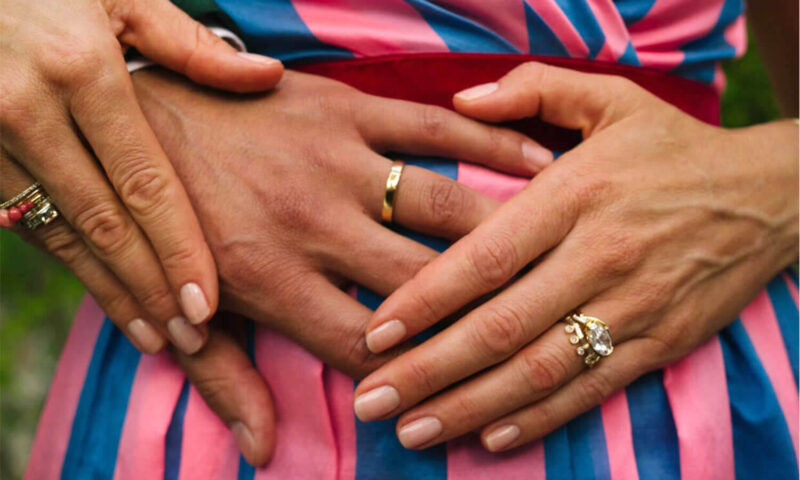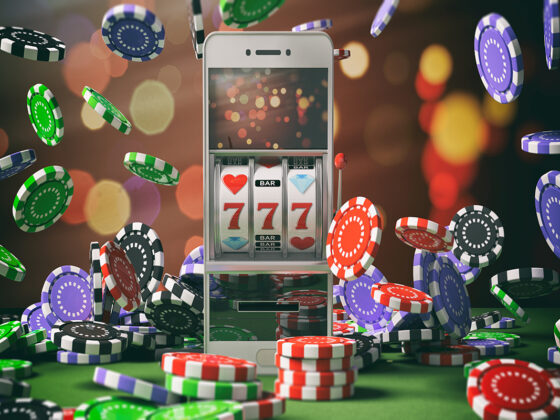When it comes to choosing the perfect setting for your lab-grown diamond engagement ring, there are countless options available. From classic solitaire settings to bold and unique designs, there is something for every couple.
With so many choices out there, it can be difficult to decide which setting best fits your style, budget, and vision of what you hope your engagement ring will look like. But with some careful consideration and research into the different styles available, you’ll be able to find the perfect choice for you both.
Consider Your Budget
:max_bytes(150000):strip_icc()/bri-lab-grown-diamonds-test-brilliant-earth-be2-jthompson-0602-e83a55112391422d986ef2edc32a8711.jpg)
Before shopping for Lab-grown engagement rings, it’s important to consider your budget. While these diamonds are cost-effective alternatives to mined diamonds, setting the stone in a custom-designed setting can add up quickly.
Researching metals and settings will help you make an informed decision about what works best for your price range without sacrificing quality or style. Additionally, many jewelers offer financing options that can break down the costs into manageable monthly payments.
Taking time to explore various rings within your budget may be worth the effort in finding something that perfectly complements your and your partner’s sense of style while staying within financial means.
Decide on a Metal
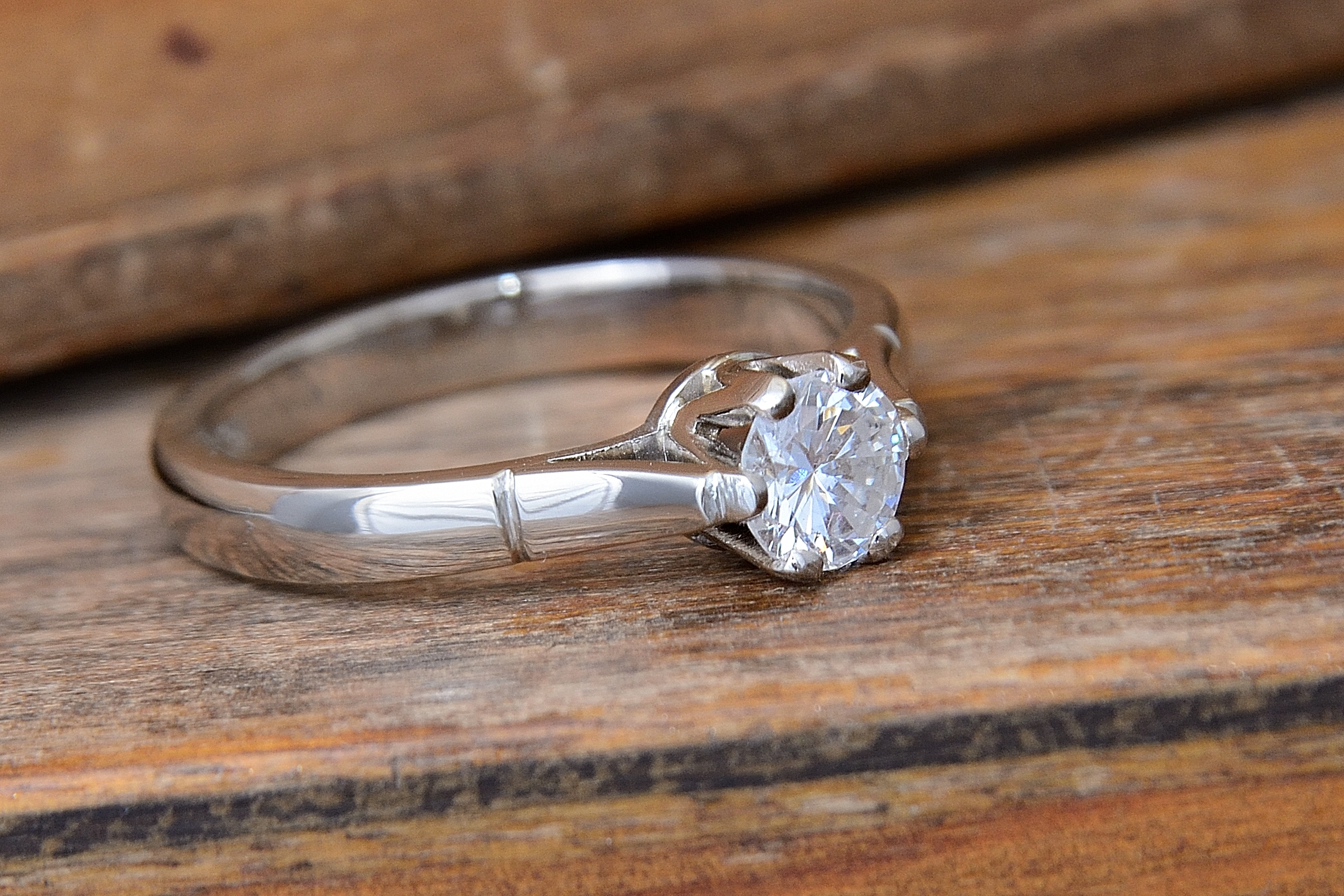
When it comes to selecting the perfect setting for a lab-grown diamond engagement ring, deciding on the metal is an important step. From classic yellow gold and white gold to modern platinum and rose gold, there are many different options available. Each of these metals offers its unique benefits in terms of durability, strength, and cost-effectiveness.
Yellow gold is traditionally timeless and affordable but may require more frequent cleaning than other metals due to its softer nature. White gold provides a bright shine with added resistance against scratches but requires occasional rhodium plating for optimal brightness over time.
Platinum boasts extreme durability, scratch-resistance, and hypoallergenic qualities while also being slightly heavier than other metals which gives it a luxurious feel that’s sure to last lifetimes.
Rose gold has become increasingly popular in recent years as it offers an elegant blush hue that pairs beautifully with any diamond cut or color grade making it ideal for creating one-of-a-kind rings for special occasions like engagements or anniversaries!
Ultimately, choosing the right metal depends on personal preference; from classic looks to modern styles – there’s something out there for everyone’s dream engagement ring!
Choose the Right Design
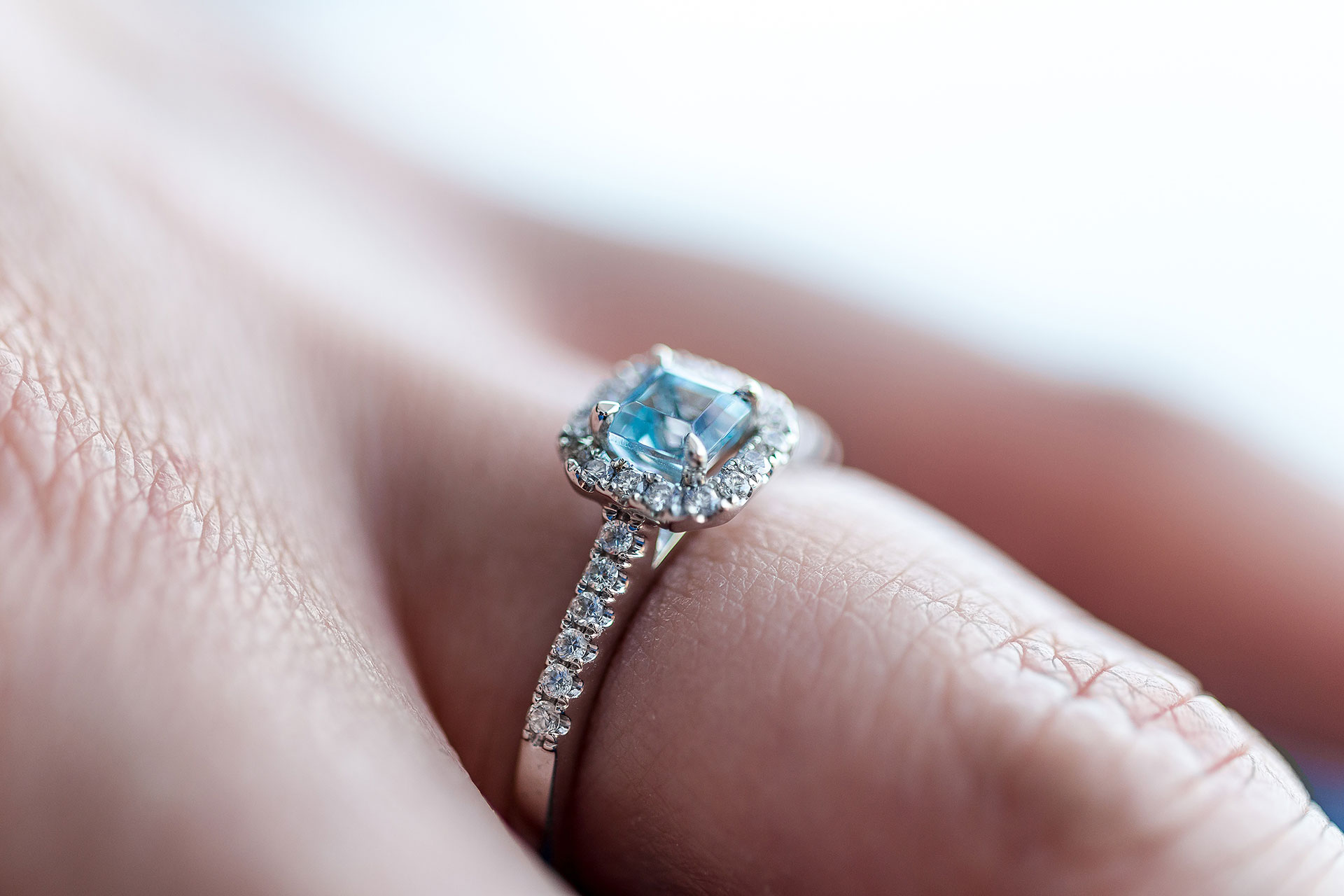
When it comes to choosing a design for your lab-grown diamond engagement ring, there are countless beautiful options. From classic solitaire rings featuring round or cushion cut diamonds to timeless halo designs with intricate details, you can find the perfect setting to complement any stone.
Before you make a decision, take some time to consider all of the different styles and select one that will best showcase your chosen gemstone. Consider factors such as metal type, setting type, and accent stones when selecting a design.
Platinum is an extremely durable choice of metal while gold offers more warmth and color varies depending on its karat weight. Prong settings offer maximum visibility for the center stone while bezel settings provide added protection from scratches or other damage.
Accent stones can add an extra sparkle or a unique twist to your ring’s overall look – think about incorporating colored gems such as sapphires or emeralds into the design if you want something truly special!
Take into account both how well the chosen style suits your taste as well as how it complements both your lifestyle and budget to decide on the right design for your lab-grown diamond engagement ring. With so many exquisite choices out there, finding ‘the one’ may seem daunting but ultimately should be an enjoyable process – enjoy exploring the possibilities!
Select the Appropriate Ring Size
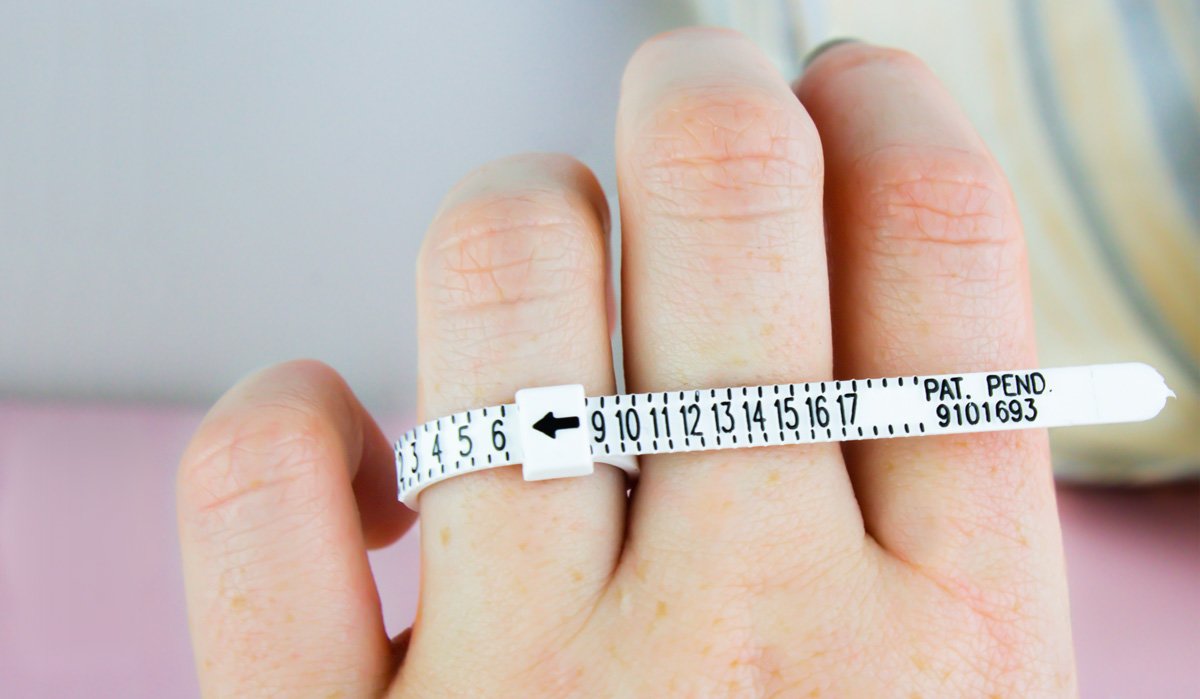
Choosing the perfect ring size for your lab-grown diamond engagement ring is of utmost importance. Not only does it ensure that your partner’s comfort and style are taken into account, but also that their finger looks its best with the chosen setting.
The most accurate way to determine the right size is by visiting a jeweler and getting sized professionally. However, there are several other methods to estimate a suitable fit at home or online. Before selecting the right size, consider important factors such as knuckle circumference, lifestyle habits (e.g., active hands), and any existing rings that may be worn on adjacent fingers.
To get an approximate measurement when shopping online, use a flexible measuring tape or string around the base of your loved one’s finger where the ring will be worn – then measure against a ruler in millimeters or inches to obtain circumference measurements which can then be compared against standard sizing charts available from various retailers or jewelry manufacturers.
Alternatively, you could trace around an existing ring on paper and measure up against sizes provided by retailers depending on the width/depth dimensions of your chosen design too! Ultimately choosing the right ring size requires some effort; however, if done correctly should result in many years of happy wearing enjoyment with no extra fuss!
